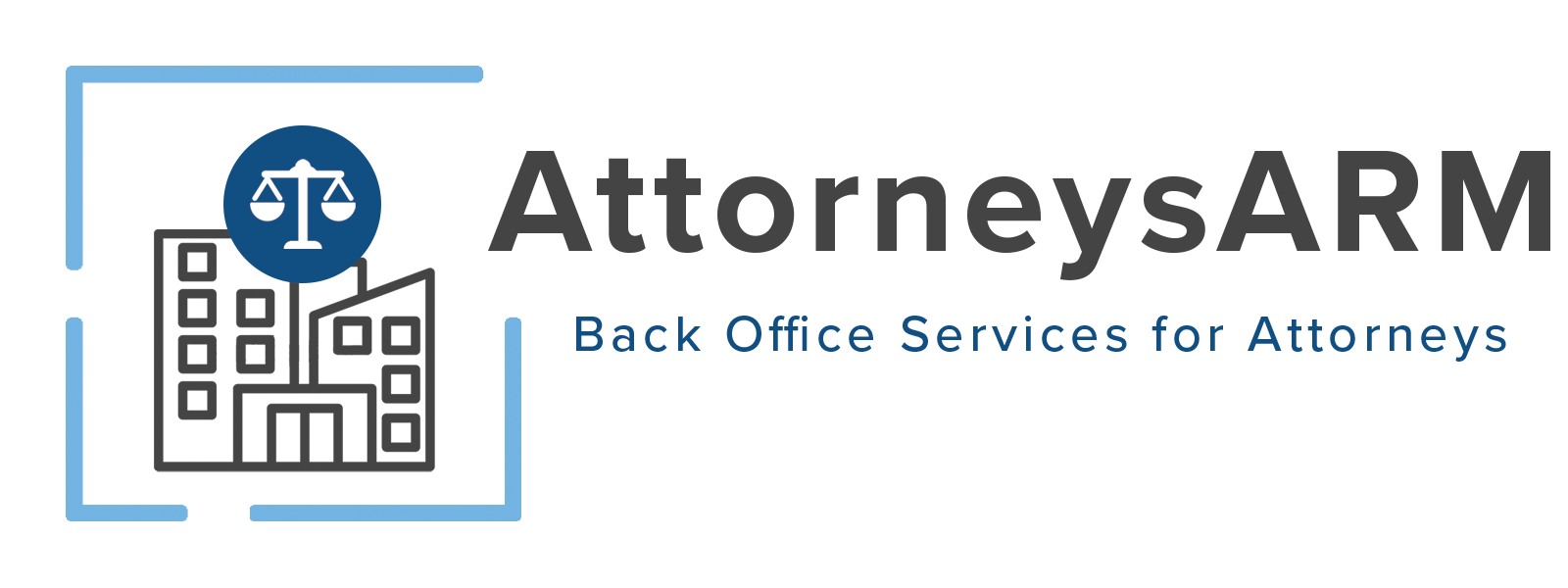Creating a Sound Credit Policy, Part II
Last week, we started a series here on our blog about how you can create a sound credit policy for your business. You can read Part I by clicking here. In Part II, we’re going to talk about setting appropriate credit limits. Now, depending on the industry that you’re in, you may need to take more steps or consider other factors than what’s listed in this article. If you get stuck, we offer assistance for businesses that need to set credit limits.
Check Out Your Accounting Software
As you get ready to set up your credit policy, you should look at your accounting software. Many accounting software choices, such as QuickBooks, have a way for you to set a client’s credit limit once you determine what it should be. Here’s how to do it in QuickBooks. The benefit to setting the limit up in your accounting software is that there leaves little room for error. It makes it easier for you and your staff to know what the limit is and how much they currently have left on their credit line. You can even use the system to place a credit hold when necessary.
Calculating an Appropriate Credit Limit
There are a few different ways that you can use to calculate an appropriate credit limit. How you calculate this limit for businesses may be different than how you calculate it for an individual. Regardless of how you decide to calculate your credit limit, you must first collect some basic information about your client (be it an individual or a business).
- How much business do you expect to get from this client over the course of your business relationship? Of course, we’d all like to think that each and every customer will be with us for life, but it’s important to think of this question in the terms of what is actually feasible. For instance, if you’re a family law attorney, you could reasonably hope to be used for divorce, adoption, or other family law matters. However, not every person who comes to you for an adoption will come to you because they are getting a divorce and vice versa. This is why it’s important to consider just how much business you can reasonably expect over the course of the relationship. The other part to this is how much money you expect the client to spend during this interaction. How long do you expect this interaction to last? How long of a payment term would be needed for them to pay for your services?
- If you have a sales team in place, talk to them. Find out if they think that this is someone who could be a key client for your business. Now, if you don’t have a sales team, don’t despair. You can make this determination. What is the likelihood that this client will use your services over and over? What is the likelihood that they will bring in referral business? Do they know people that you can network with that could bring in more clients?
- If the client in question is a business, are they growing in the market? If the client is an individual, do you know that they are financially sound? Herein lies the importance of a credit application that requests references and job information from individuals and information about a company’s financial well-being. How much financial info do you have on this client? If it’s a company, you need to know about their profit and loss, how they are legally formed (because this helps you determine if there will be any personal liability on the part of the business owners for business debt), when the business was formed, whether they can give you references from other companies that supply goods or services on credit, and any former payment history that they have with your company.
- If the client in question is an individual, you’ll want to find out about their credit history, recent payment history, employment history, current financials (such as how much money they bring in each month to ensure that they can afford to pay you), how much your services are worth, and how long of a payment term you’re willing to consider.
- If you decide to extend credit to someone who is potentially a risky credit decision, you should follow up with them on a regular basis. You should collect information on their financials from time to time, make sure that you stay in contact with the individual or business to solidify the relationship, and work out deadlines and other credit and payment details.
Once you have all of that information, it’s time to determine the appropriate credit limit. The first step is to consider the amount of money that your services are worth that the client needs. You can set the limit based on your own standards or you can follow some of the best practices put out by other institutions that routinely grant credit.
Look for references on their credit application that are part of your industry (or closely related). These are referred to as trade references. What you would do with trade references is contact them to find out about the credit limit that was granted and the payment history of the client. If you’ve pulled a copy of a credit report, you could also just look on it.
You can use a bank reference. A bank reference is where you contact a bank that was listed as a credit reference and you find out how much credit the client was given and about their payment history. You may also want to find out if the line of credit that was provided by the bank was secured or unsecured.
Pull a copy of the client’s credit report. You can see information such as their payment history (on time, late, or flat out delinquent) and their credit rating. This can be valuable information with both individuals and businesses.
Final Tip
The final tip for part II of creating a sound credit policy is for you to discuss credit with each client requesting it from your company. You may have an idea of how much you want to give, but it may not be what they have in mind. They may think it’s too much or too little. Determine steps that you can take to raise their credit limit over time, if needed. If you have questions about setting up a proper credit limit for your business, contact our experts. Clients A.R.M. has more than 30 years of experience and we’d be happy to help you! Ask about our free process review.




